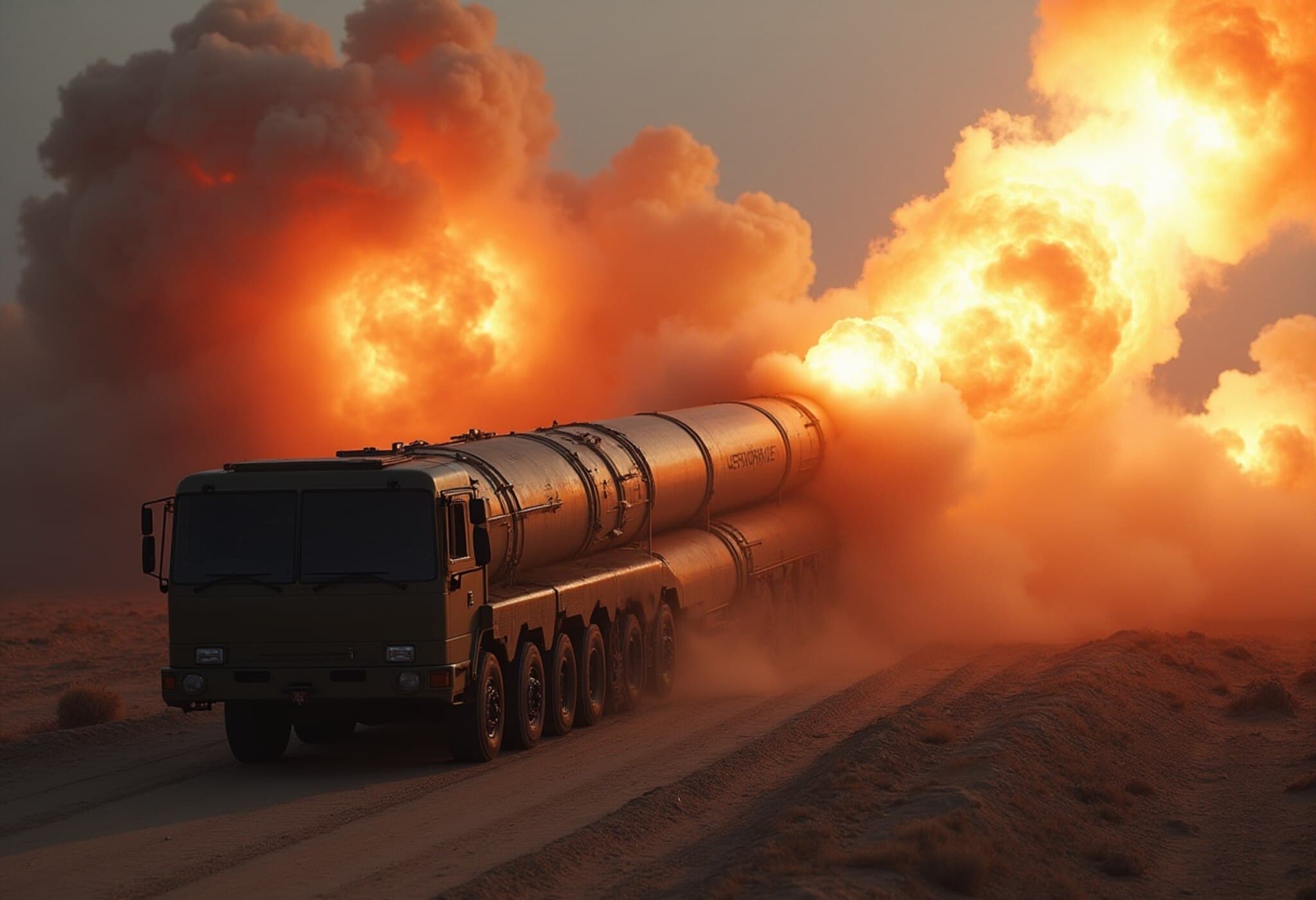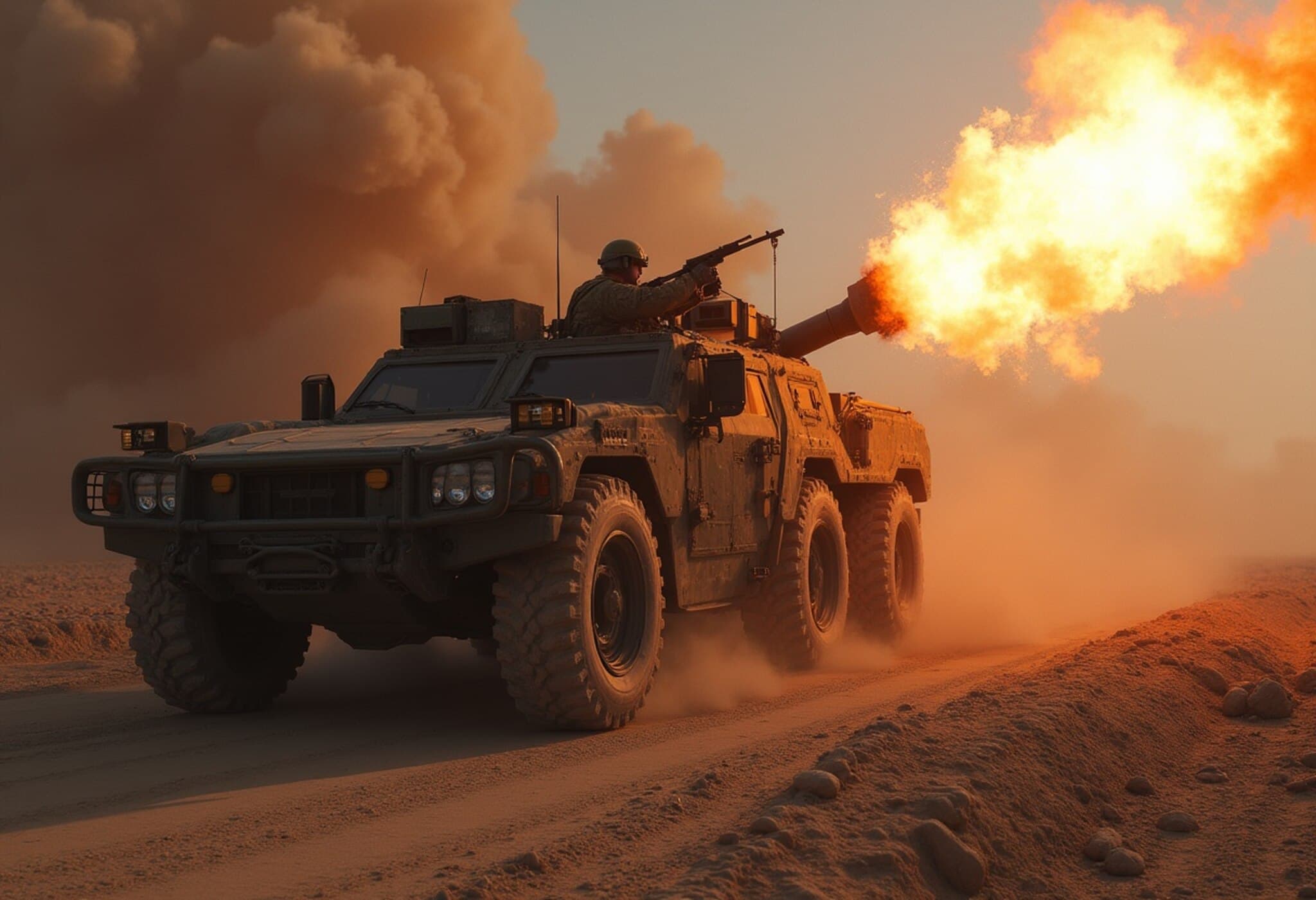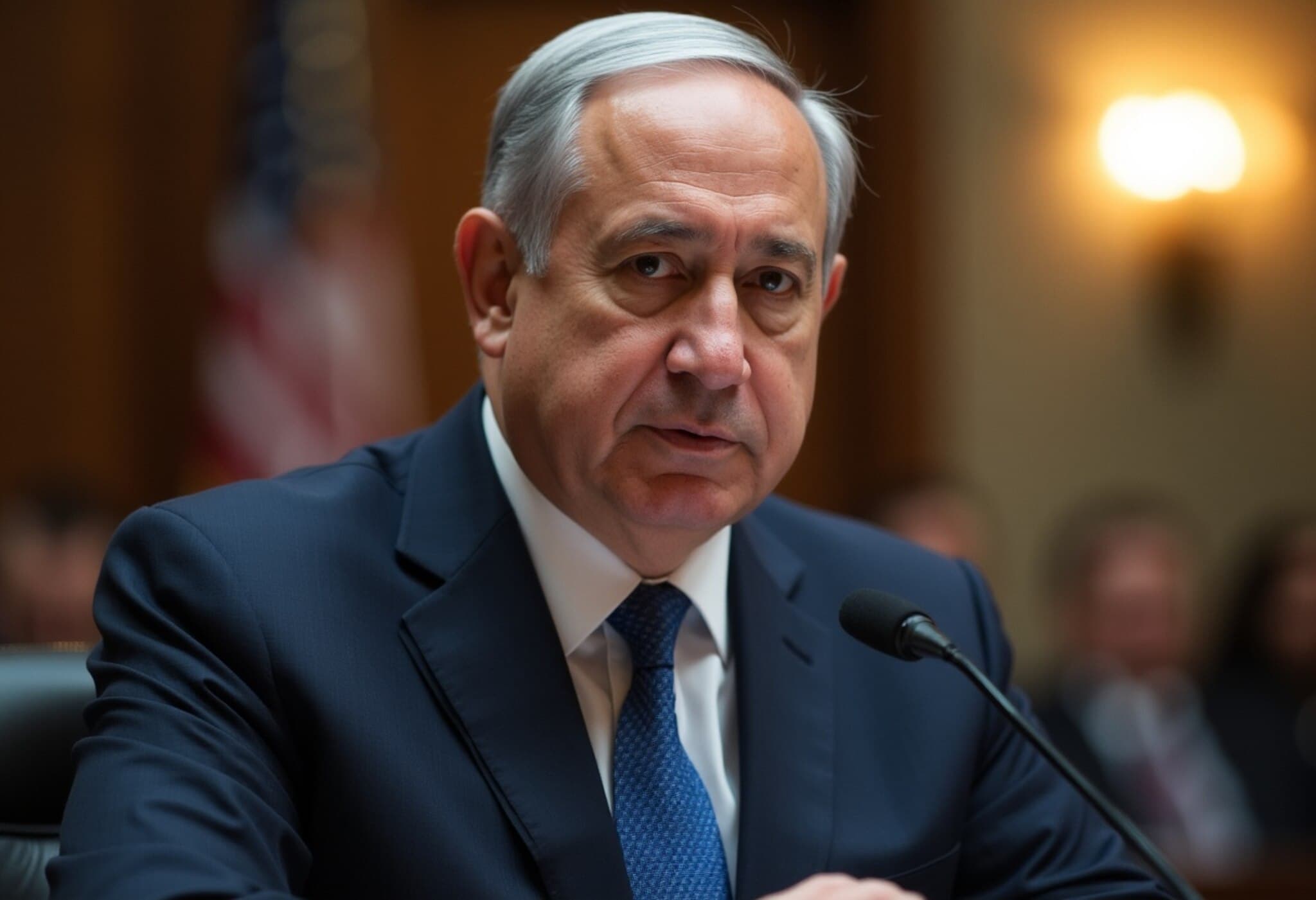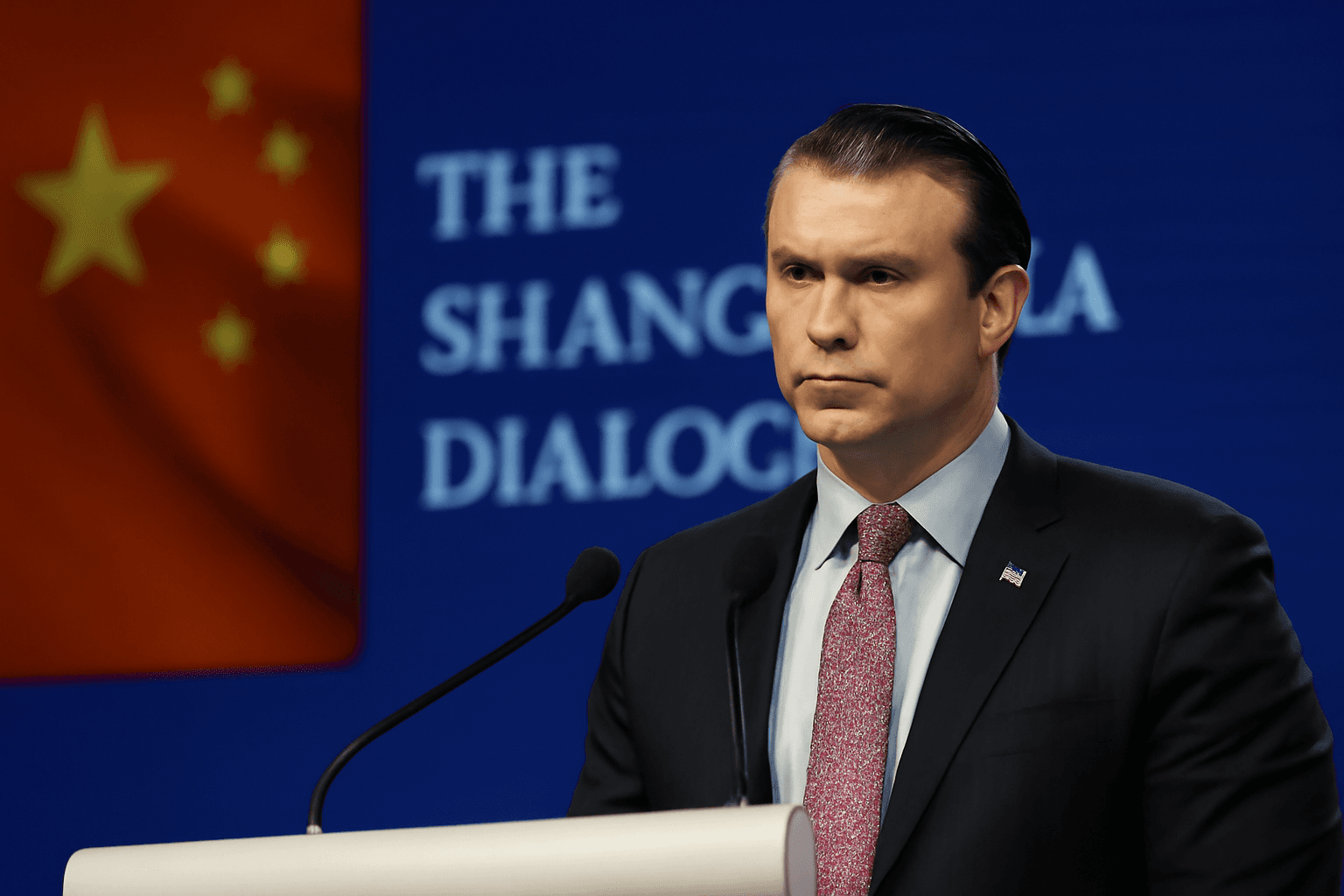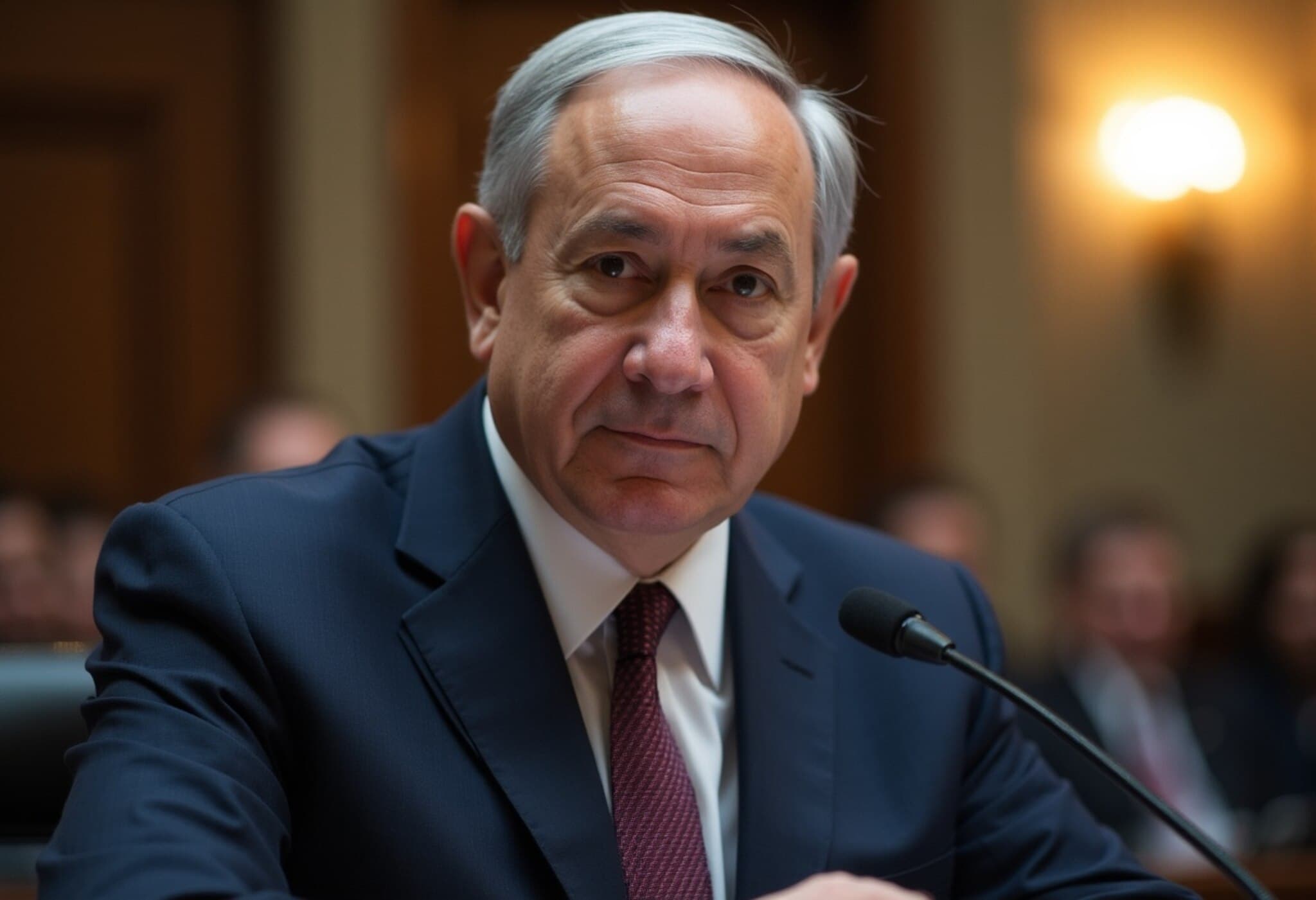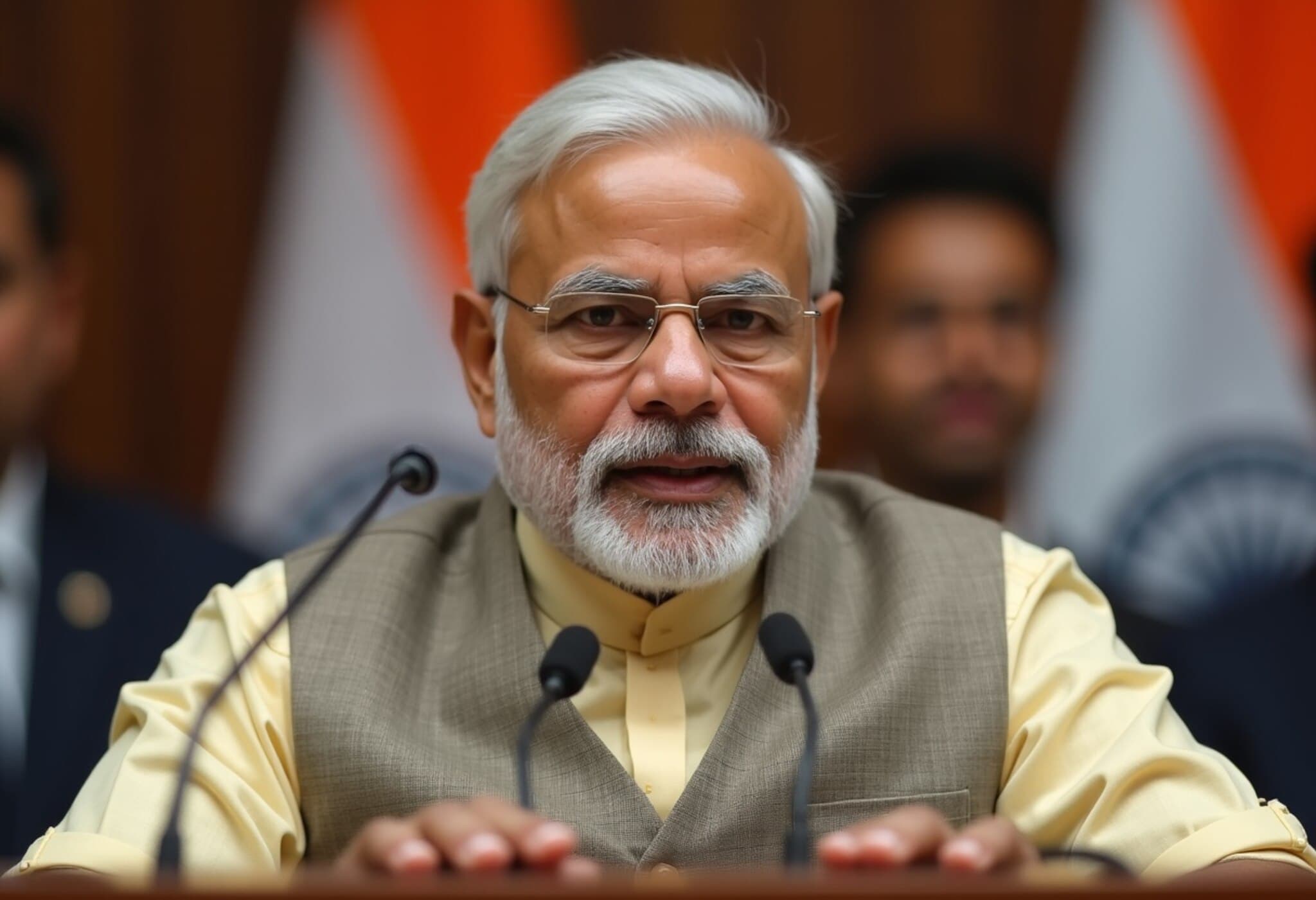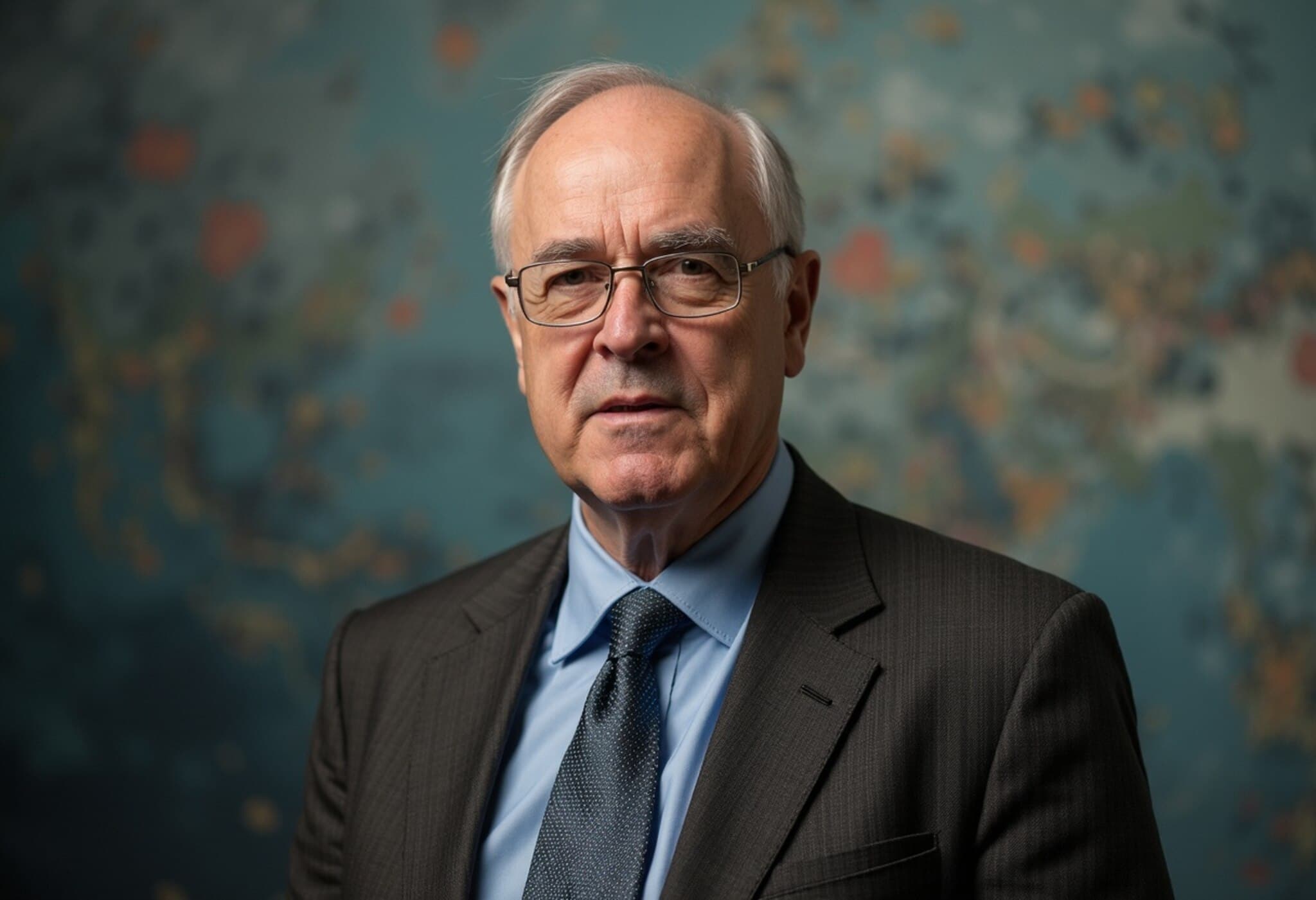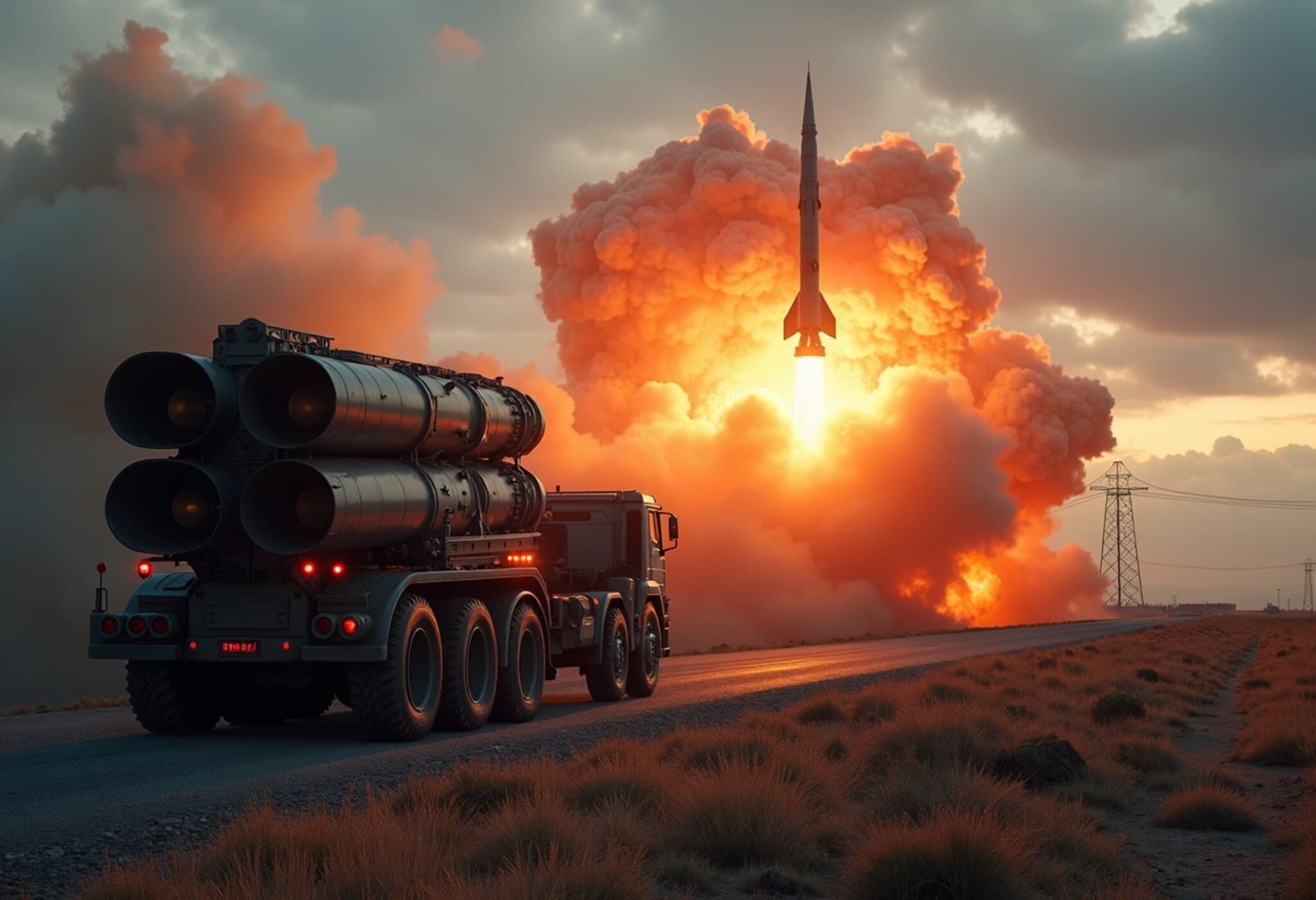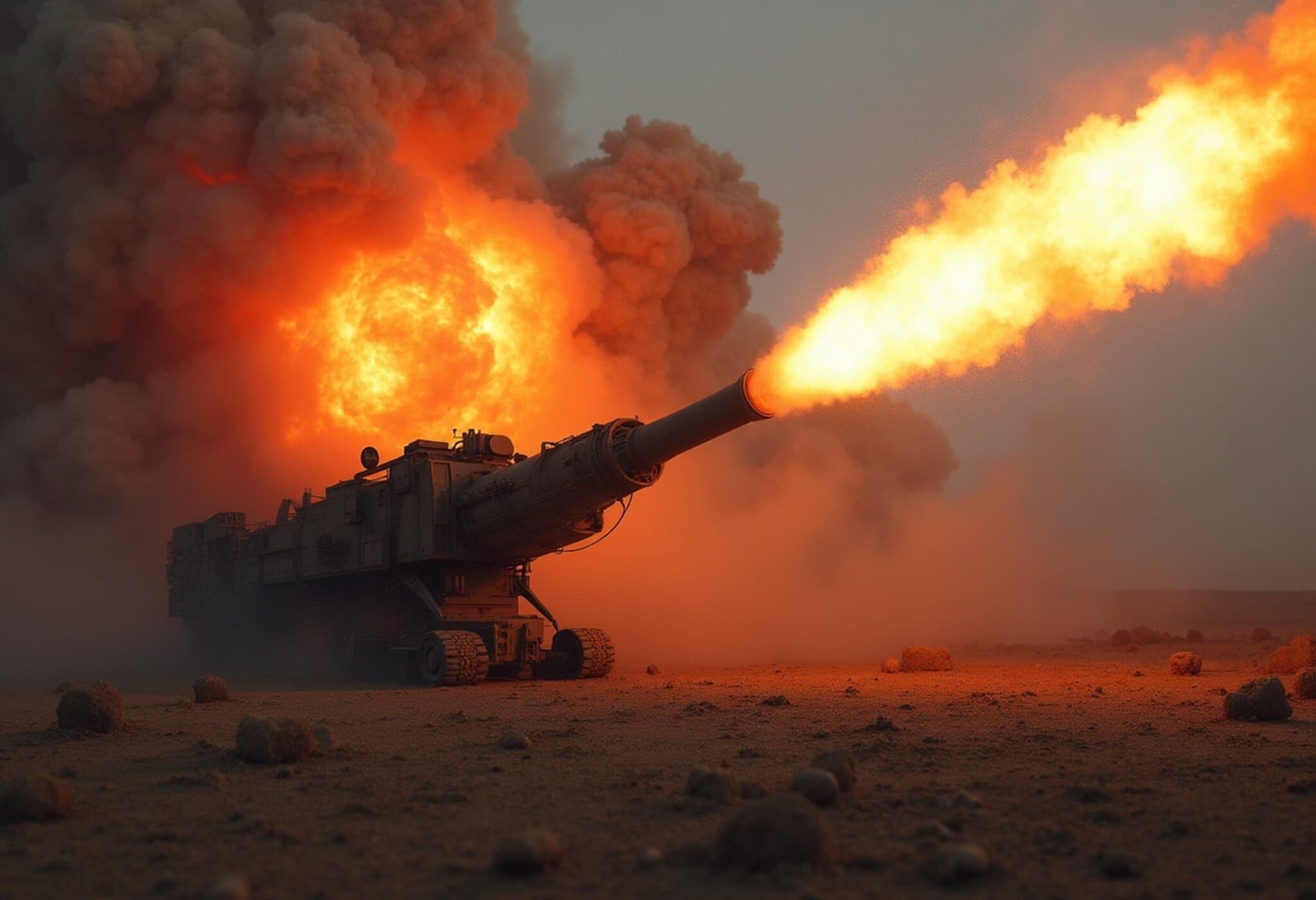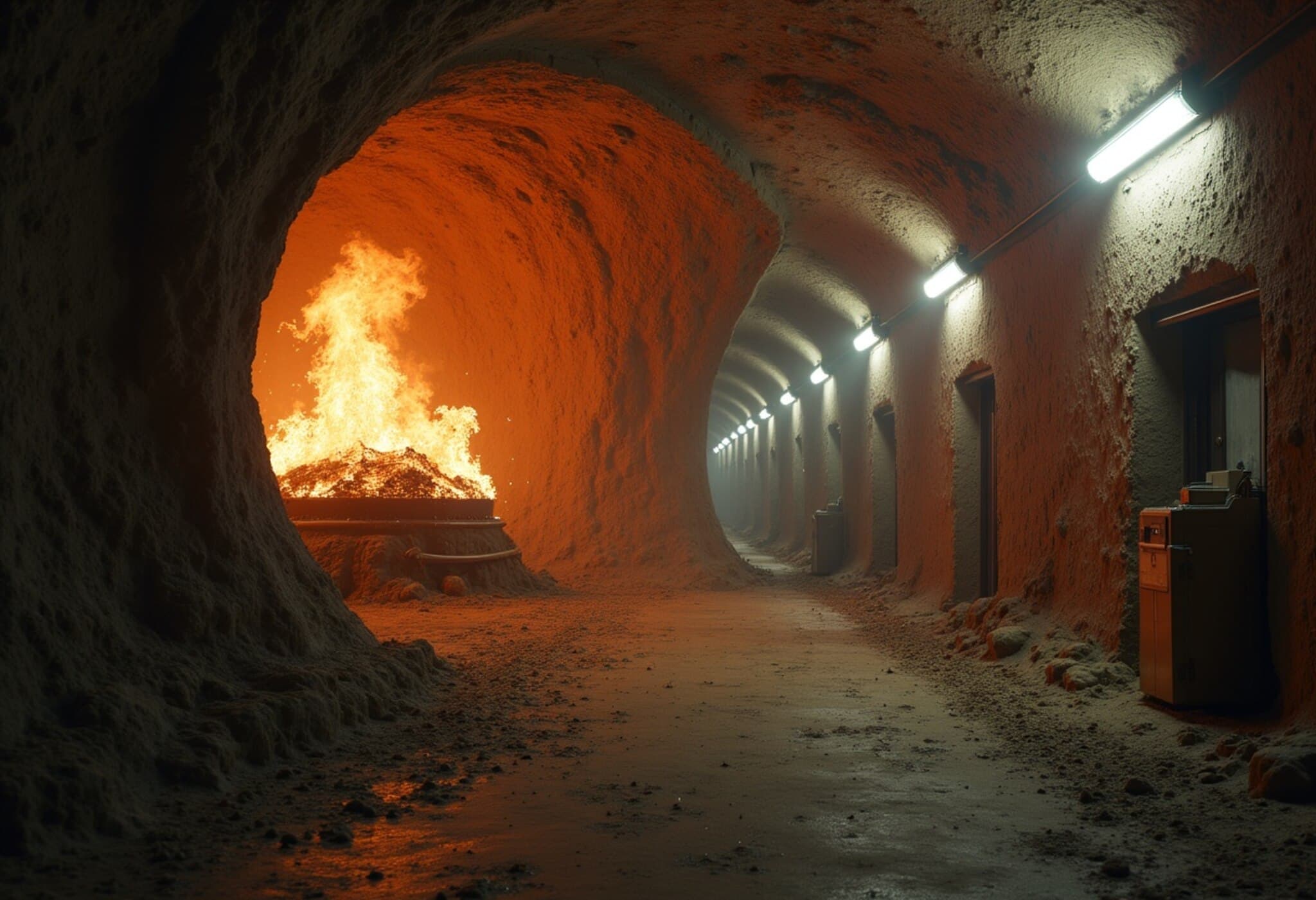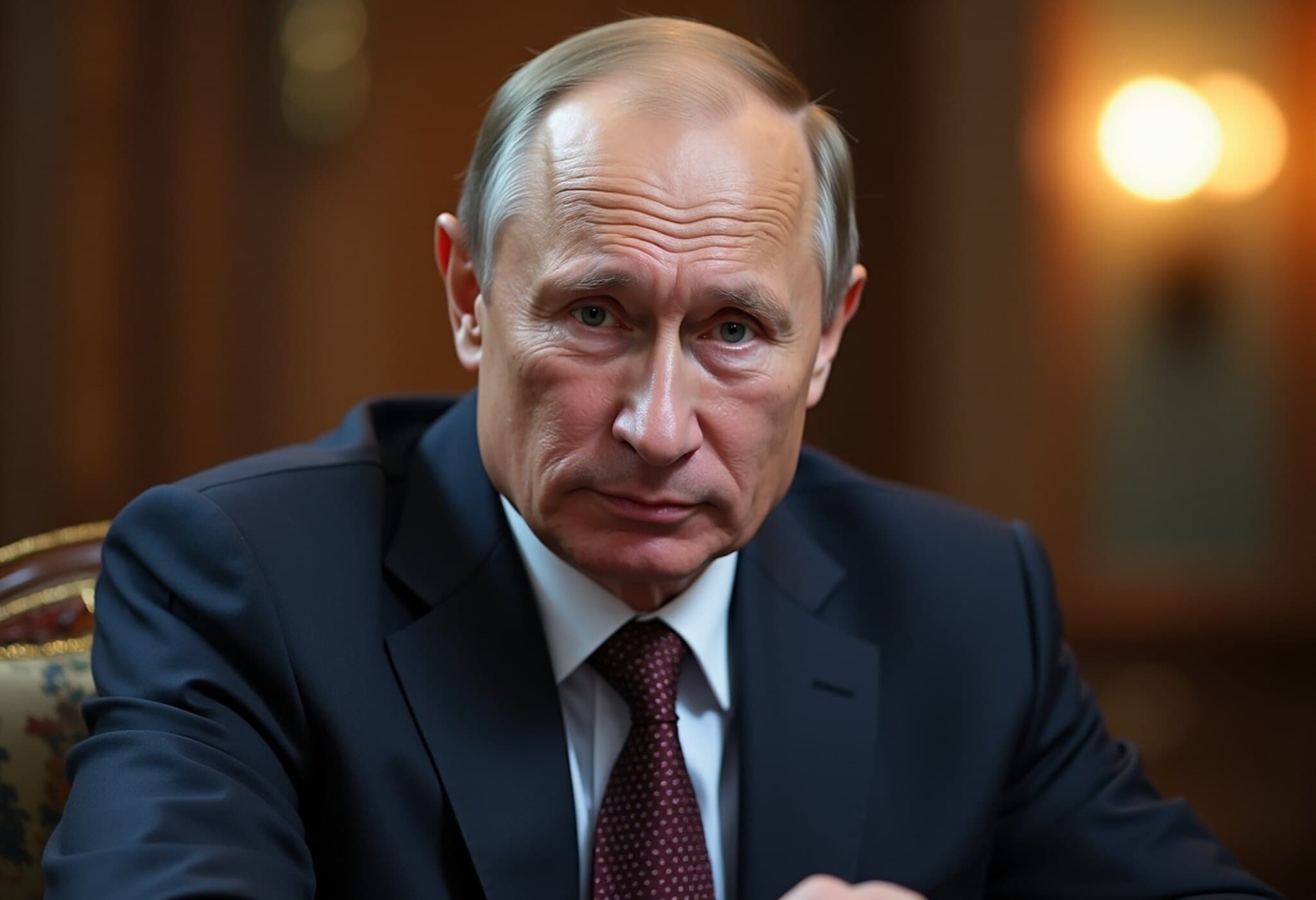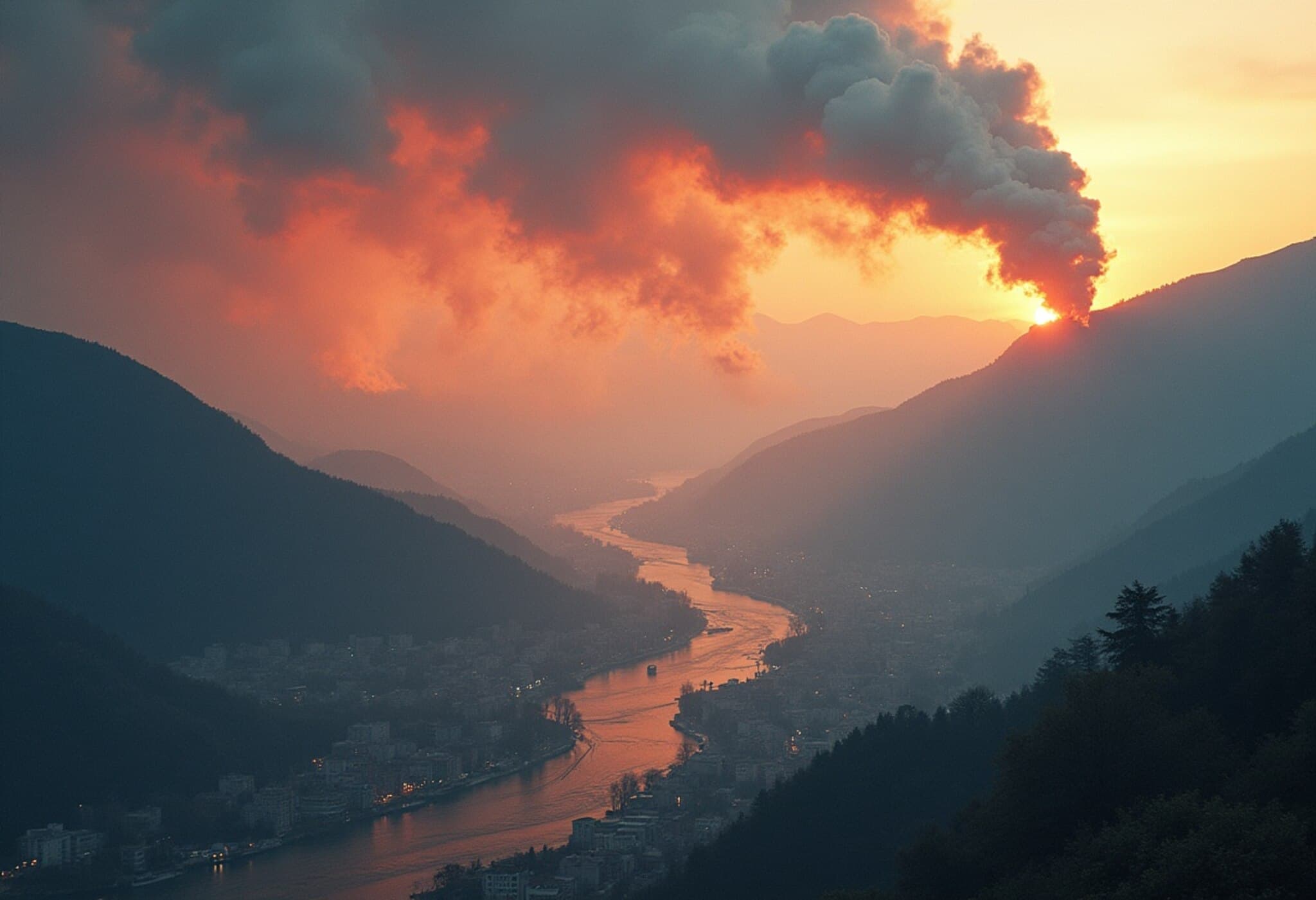Understanding the Nine Nuclear Powers
Across the globe, nine countries currently maintain nuclear arsenals: the United States, Russia, France, China, the United Kingdom, Pakistan, India, Israel, and North Korea. Collectively, they possess nearly 13,000 nuclear warheads, with the United States and Russia accounting for nearly 90% of the total stockpile.
The Nuclear Journey of Each Nation
United States: The Pioneer
The United States spearheaded the nuclear era during World War II with the secretive Manhattan Project. In July 1945, it successfully conducted the Trinity Test, the world’s first nuclear explosion. Shortly after, in August 1945, atomic bombs were dropped on Hiroshima and Nagasaki, changing the landscape of warfare forever.
Russia (Formerly the Soviet Union): The Rival Emerges
The Soviet Union tested its inaugural nuclear device in 1949, just four years behind the U.S. Leveraging both indigenous research and intelligence gathered via espionage from the Manhattan Project, the USSR rapidly developed its arsenal. By the 1960s, it possessed the largest number of warheads in the world, eventually surpassing the U.S.
United Kingdom: The Early Trailblazer
Though initially involved in WWII nuclear efforts, the UK was ultimately excluded from the Manhattan Project. Undeterred, it developed its own nuclear bomb, testing it in 1952. Later collaboration with the U.S. fortified its capabilities through nuclear cooperation agreements.
France: Asserting Global Influence
Driven by a desire for independent global power after WWII, France launched its nuclear weapons program, conducting its first test in Algeria in 1960. It developed thermonuclear weapons and sustained a deterrent force, known as the force de frappe, robustly maintained by air and submarine delivery systems.
China: Rising Power
Beginning with Soviet assistance, China entered the nuclear arena in 1964 with its first bomb test at Lop Nur. Following a fallout with the USSR, it pursued its program alone and achieved thermonuclear capability three years later. Today, China is actively expanding its arsenal, reportedly housing over 500 warheads.
India: Indigenous Development and Strategic Deterrence
India's inaugural nuclear test, dubbed "Smiling Buddha" in 1974, was officially termed a "peaceful nuclear explosion." Backed by indigenous scientific centers like the Bhabha Atomic Research Centre and DRDO, India asserted full nuclear weapons status with a series of tests in 1998 (Pokhran-II). The country's nuclear efforts were primarily motivated by deterrence against neighboring China and Pakistan.
Pakistan: Rapid Response and Expansion
Prompted by India’s 1974 tests, Pakistan accelerated its nuclear program under the guidance of physicist Abdul Qadeer Khan, reportedly with Chinese assistance. It conducted nuclear tests in May 1998, shortly after India’s Pokhran-II. Pakistan continues to expand its stockpile, focusing on short-range tactical weapons that raise regional security concerns.
Israel: Nuclear Ambiguity
Believed to have developed nuclear arms by the late 1960s with French assistance in constructing the Dimona reactor complex, Israel maintains a policy of deliberate ambiguity. While never officially confirming its arsenal, estimates suggest it holds between 80 and 90 warheads. Notably, Israel has never publicly acknowledged any nuclear tests.
North Korea: Defiant Development
North Korea began building nuclear capabilities from Soviet support in the 1960s. Although it joined the Treaty on the Non-Proliferation of Nuclear Weapons (NPT) in 1985, it withdrew in 2003 to pursue nuclear tests freely. Since its first detonation in 2006, North Korea has persisted with multiple tests and claims to have miniaturized warheads compatible with missile delivery.
Nations That Abandoned Nuclear Weapons
Following the Soviet Union’s collapse in 1991, Belarus, Ukraine, and Kazakhstan inherited significant nuclear arsenals. All three voluntarily relinquished their weapons and committed to the NPT, choosing disarmament over pursuing nuclear status.
South Africa also stands out as a unique case. Collaborating with France and Israel during the 1970s, it developed nuclear weapon capabilities and planned tests. However, under regional and international pressure, South Africa ultimately dismantled its program and renounced nuclear weapons by the early 1990s.

